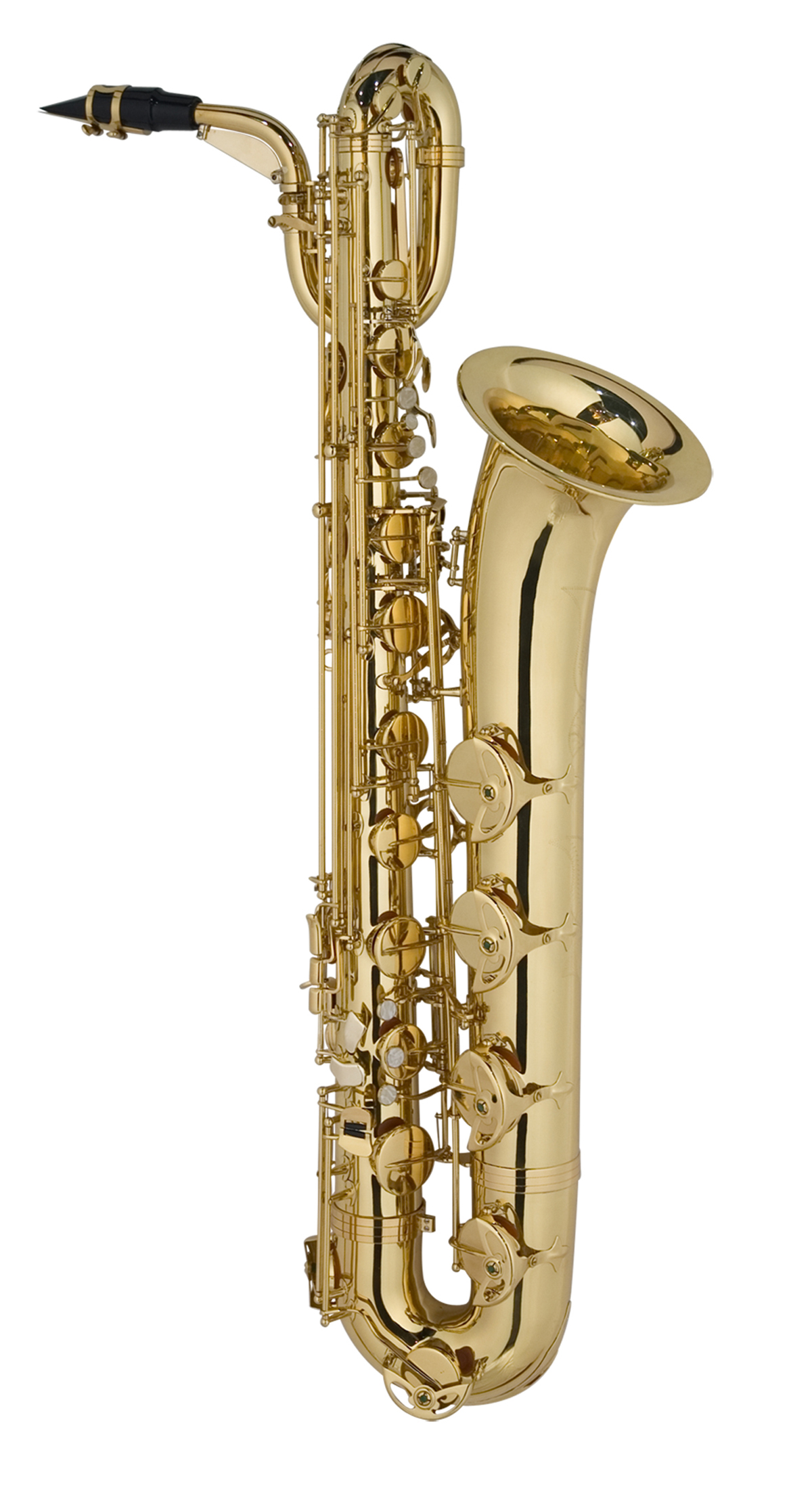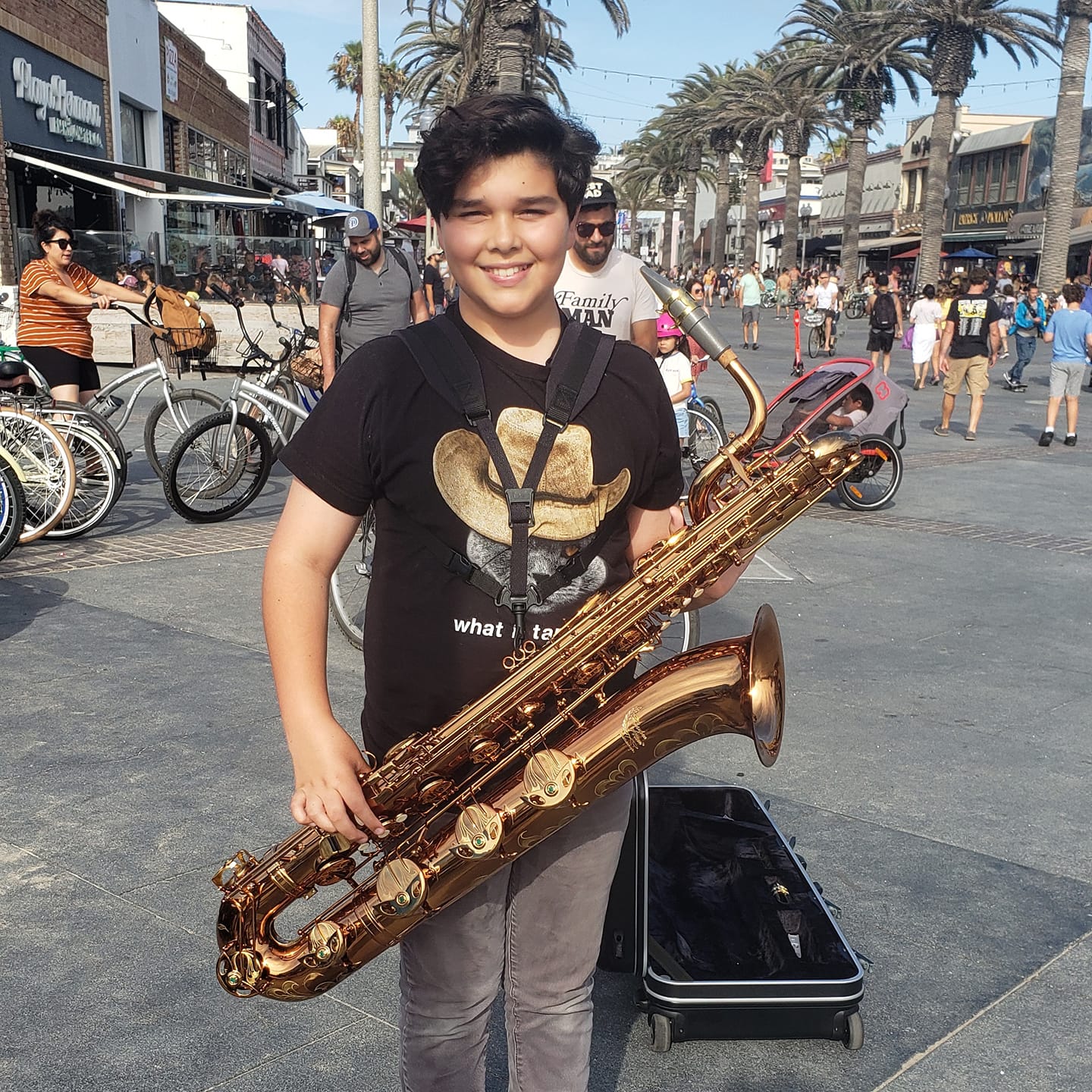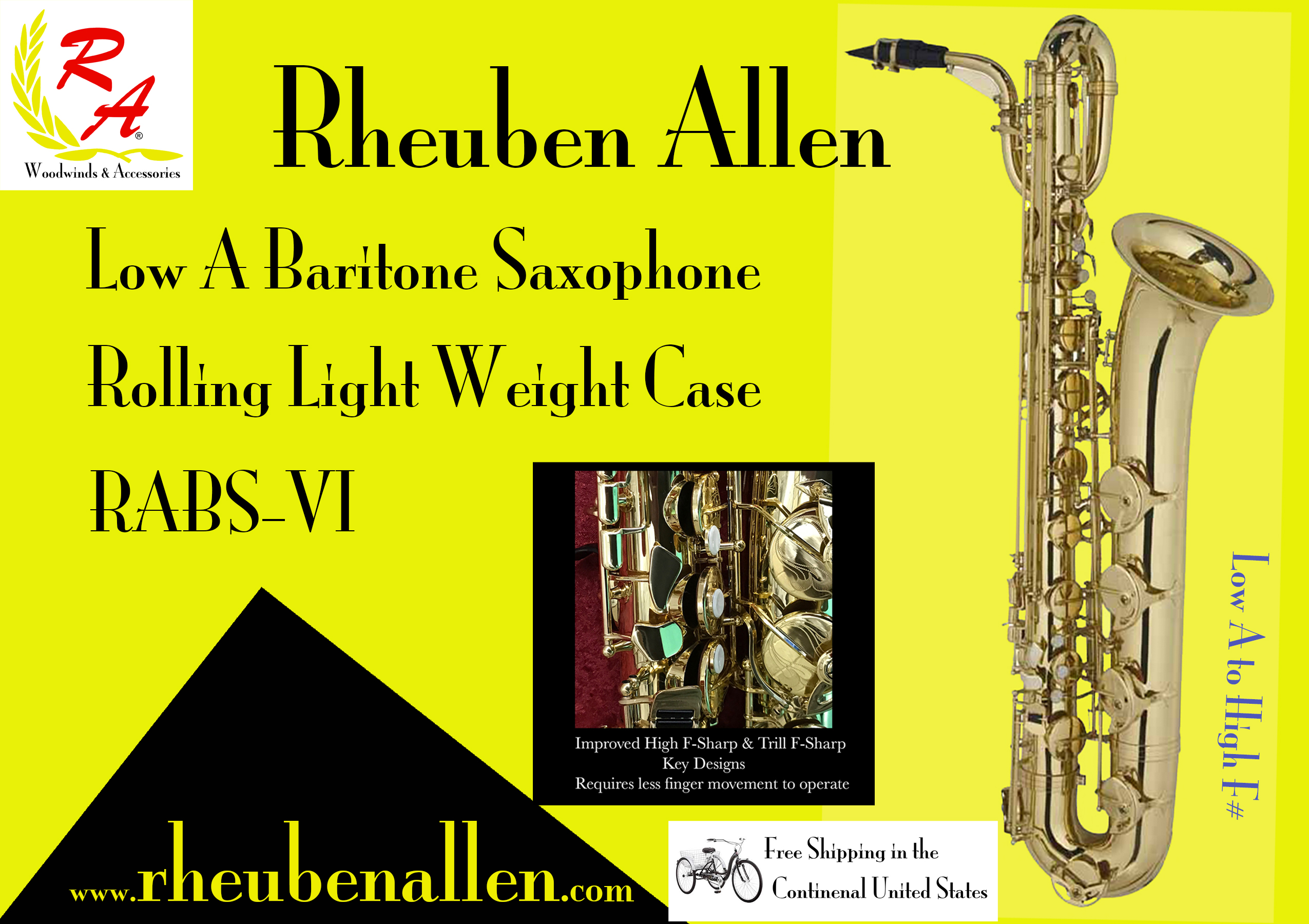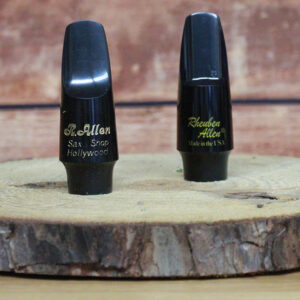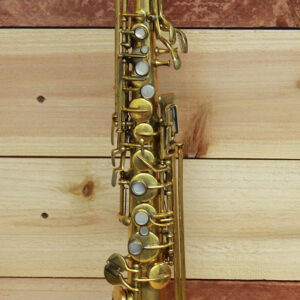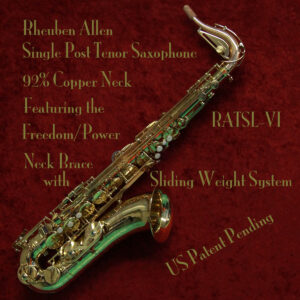Rheuben Allen Low A Baritone Sax
$6,995.00

Description
Rheuben Allen Low A Baritone Saxophone.. I am very proud of these baritone saxophones… they have a great sound, very good intonation and a finger friendly keyboard.
Great response throughout the entire range of the saxophone…
Photos include: Kerry Riddle in Los Angeles getting ready to play a show with his Rheuben Allen Low A Bari, Coamo on the Bech in Torrance earning money by playing his RA bari
Brand Name: Rheuben Allen®
Model No.: RABSL-VI
Product Description: Low A Baritone Saxophone
Key: E-Flat
Special Features: Rheuben Allen desing for the High F-fharp and Trill or Fork F-Sharp keys, Easy access front F or harmonic key
Construction: *Ribbed Construction: Means the post are solder to a rib and the rib is soldered to the body.
Material: Brass Saxophone
Finish: Light Gold Lacquer
Engraving: Full Body and Key Hand Engraving
Accessories Includes:
Mouthpiece Made in the US
Mouthpiece Cap & Ligature
Saxophone Strap
Case: Heavy Duty Plastic Case w/Wheels
Low A Baritone Saxophone by Rheuben are a lot of fun to play!
The baritone saxophone was created in 1846 by the Belgian instrument maker Adolphe Sax as one of a family of 14 instruments. Sax believed these instruments would provide a useful tonal link between the woodwinds and brasses. The family was divided into two groups of seven saxophones each, from the soprano to the contrabass. Though a design for an F baritone saxophone is included in the C and F family of saxophones, no known F baritones exist.[2] The family consisting of saxophones in the keys of B♭ and E♭ was more successful because of their popularity in military bands.[3]
All saxophones were originally keyed to low B, but a low B♭ mechanism was patented in 1887[4] and by 1910 this was standard for most saxophones including baritones. This low B♭ is a concert D♭ on baritone saxophone, and players began creating ‘low A pipes’ to insert into the bell to extend the range to the very useful concert C just below that (low A on the baritone sax). This made the low B♭ inaccessible and low B out of tune.[5] This method is still used today by some players.[6] From the 1930s through the 1950s, manufacturers experimented with extending the bell to add a low A key to the instrument. The simplest way was to add a cylindrical section between the bell and bow to provide the extra length and tone hole, and some makers produced and sold instruments built this way, but these horns generally suffer from intonation problems in the lowest few notes and players often consider their tone poor as well. Selmer Paris began producing low A versions of theMark VI baritone saxophone in the late 1950s which had a bell that had been designed separately from the low B♭ version (such a bell may have been a custom-order option before this time), and these instruments do not generally suffer from the same intonation problems as horns with a cylindrical extension. In the 1970s, YAMAHA’S YBS-61 was keyed to low A with no low B♭ option, and by the 1980s most baritones were being manufactured with a low A bell. In modern times, only a few manufacturers still produce low B♭ instruments, as the low A is considered standard and is often written in sheet music for the instrument.
In its original form, the baritone saxophone’s highest keyed note was high E♭, but instruments keyed to high F became standard during the 1920s. High F♯ became a rare option starting in the 1950s and slowly became more common, but as with other modern saxophones, most baritones are now manufactured with a high F♯ key.
